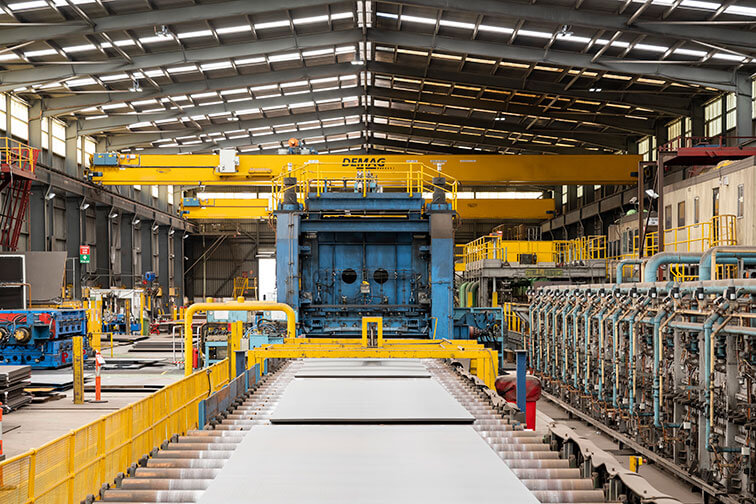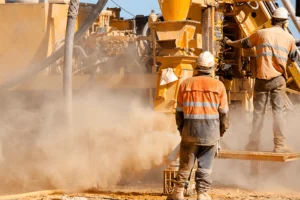Hanwha Defense Australia’s vision is to create a self-reliant and globally competitive Armoured Vehicles business in Australia concentrating on those vehicles essential to the core business of Army: close combat and the provision of close support fires. To build these vehicles requires excellence and experience in the design of and manufacture of well protected tracked vehicles and associated systems. But at the core of the vehicles is the steel, that element so essential to survival on the modern battlefield. To this end Hanwha Defense Australia has been working with Bisalloy Steel in this journey towards achieving self-reliance.
Both Hanwha and Bisalloy have been working quietly in the background to achieve a significant milestone for Australian Defence Industry. All the Hanwha Redback vehicles, including the turrets, which are to be delivered for the upcoming Land 400 Phase 3 evaluation program will be built of Bisalloy steel. From detailed design, qualification, and testing, Bisalloy has been a part of the process.
‘It has been a tremendous experience working with Bisalloy’ said Hanwha Defence Australia MD, Richard Cho. ‘Their product expertise and enthusiasm coupled with our design and test experience has led to the rapid development of a world class product. We see this very productive partnership continuing for many years as we explore opportunities to use Bisalloy steel in the wider Hanwha product range and not just for Australia. Strategic supply for Korea is an essential national requirement and Bisalloy are now a part of this solution’
‘The close working relationship which we have quickly developed with Hanwha has enabled Bisalloy to qualify in a very short time our steel for use in the Redback vehicle’ stated Bisalloy Steels CEO and Managing Director, Mr Glenn Cooper. ‘Our steel has been central to the extensive blast testing and protection trials involved in the design and build of the Redback vehicle and their turret systems. We see this as opening up significant opportunities from both a vehicle and turret systems perspective.’








